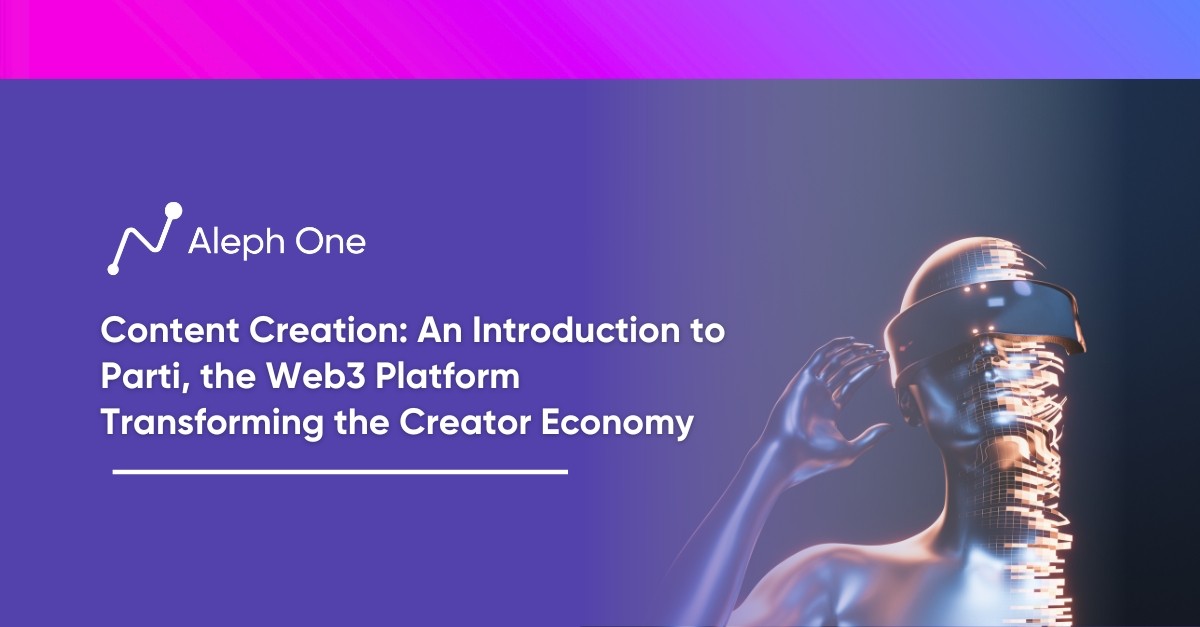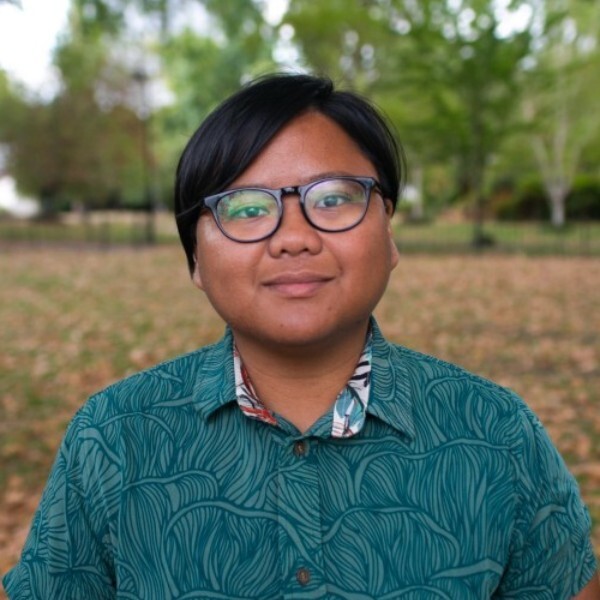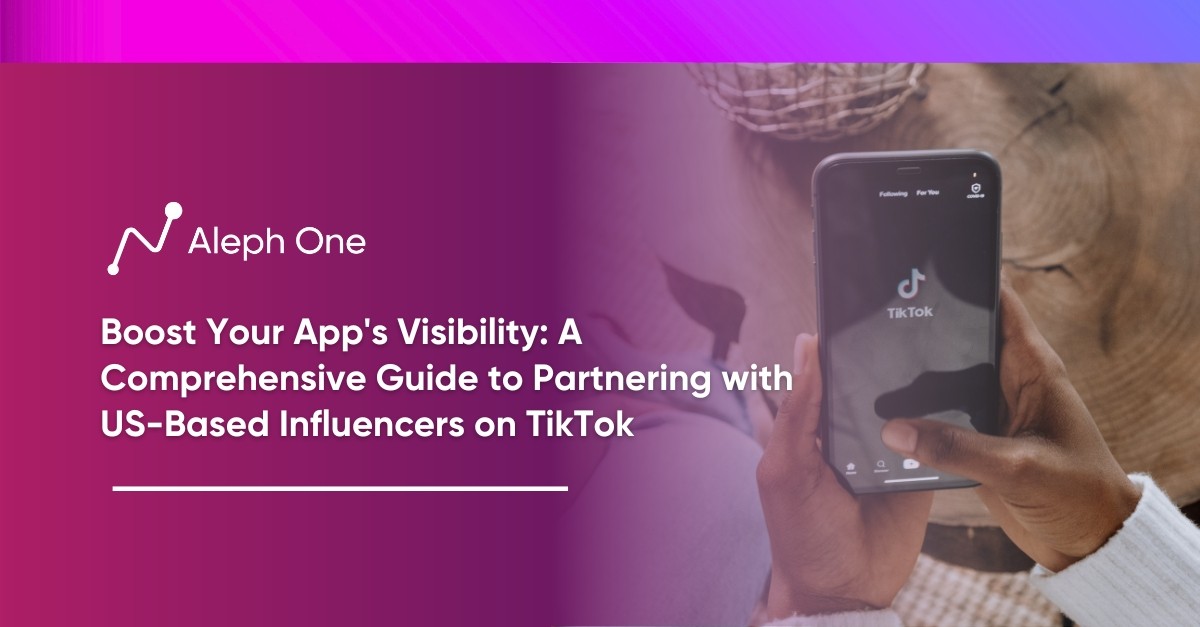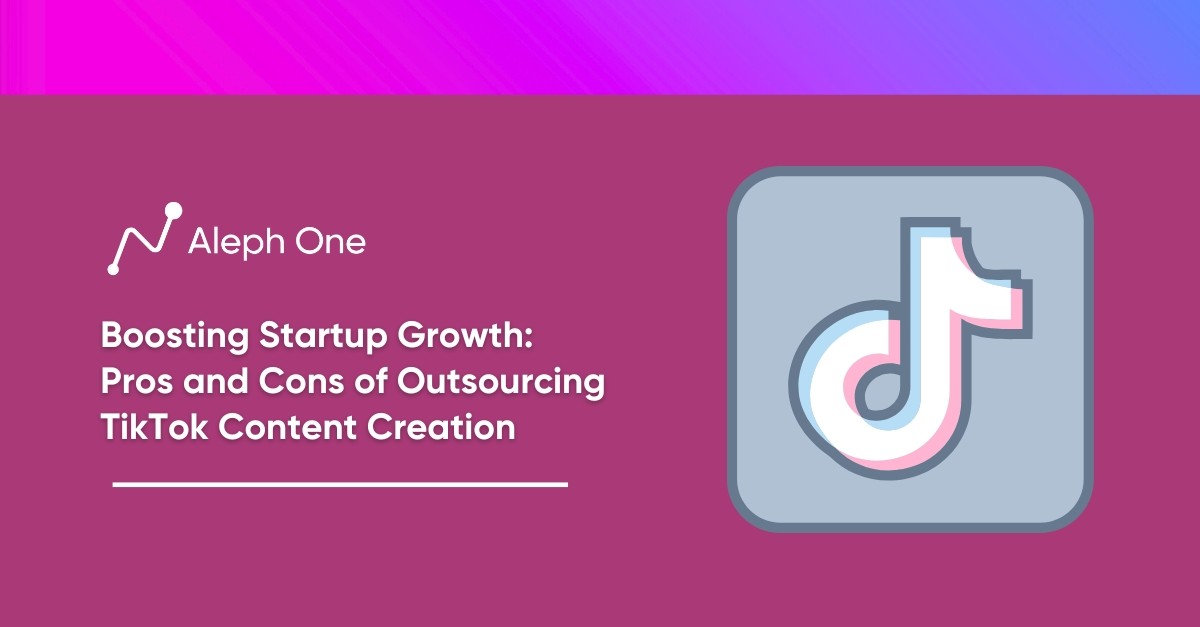Let’s work together to build something amazing. Share your project details and our team will reply to figure out the next steps to your success.

The creator economy has exploded over the last decade with the rise of social platforms like YouTube, Instagram, and TikTok that make it easy for anyone to become an influencer. These platforms have enabled creators to build audiences, share content, and in some cases, generate revenue from ads, sponsorships, and fan funding. This article will explore how Parti, a cutting-edge Web3 platform, is poised to revolutionize the creator economy. It will go into how Parti leverages decentralized technologies like blockchain and NFTs to empower creators with greater ownership, control, and monetization opportunities, ushering in a new era where creators can thrive on their terms.

The Rise of the Creator Economy
YouTube pioneered the modern creator economy when it launched in 2005. By giving anyone the ability to upload and share video content, YouTube made it possible for creators to build audiences and even make a living from their channels. The top 3% of YouTube creators now make more than $2,500 per month from their channels.
Influencer Market
As the influencer market has matured, new platforms have emerged to give creators more control and help them monetize their content. Patreon, launched in 2013, provides subscription tools for creators to offer paid memberships to their most dedicated fans.
Creator Economy Grew Into a Billion Dollar Market
The creator economy has ballooned into a $104.2 billion market, according to SignalFire. Over 50 million people worldwide now consider themselves creators, and more people are quitting traditional jobs to become full-time influencers and content creators.
Platforms Control the Opportunities for Creators
However, while the creator economy has led to more opportunities than ever before, most of the power still resides with the platforms. They control creators’ audiences, content, and revenue streams. Many creators struggle to build sustainable businesses under these dynamics and crave more ownership and control over their creative work.
Web3 technologies are poised to address these issues by giving creators new ways to build independent communities, monetize their content, and maintain control over their creative work. The future of the creator economy is decentralized, and it’s just getting started.
Why Web3 is the Future for Creators
Web3 technologies like blockchain, NFTs, and decentralized autonomous organizations (DAOs) are enabling a new creator economy that puts more power and profits into the hands of creators. The current model of centralized platforms that own all content and data is problematic for creators. Platforms can change terms of service at any time, censor or demonetize creators without cause, and profit greatly from the data and content creators provide.
Blockchain
Blockchain allows creators to build platforms that they own and control. By decentralizing infrastructure, governance, and data, Web3 platforms give creators more independence and security. They can set their own terms of service, build direct relationships with fans, and maintain ownership of their creative works and communities. NFTs provide new ways for creators to monetize their content by allowing supporters to invest in and collect rare digital assets. Superfans can now become patrons and co-owners, not just subscribers or customers.
DAOs
DAOs take this further by establishing communal ownership and governance of platforms. Creators and community members can work together to shape the future of the platforms they build. Revenue and ownership are shared based on contributions, not just popularity or followers. This cooperative model fosters collaboration and a spirit of abundance rather than competition.
While still nascent, Web3 creator platforms are pioneering a fairer and more sustainable model for the creator economy. They leverage open technologies to distribute power, ownership, and profits. Creators are able to build lasting businesses and communities based on transparency, equity, and mutual benefit. Although risky and uncertain, Web3 presents creators with an opportunity to shape the future of creation and finally earn their fair share in the process. The era of centralized platforms extracting value from creators may end as Web3 returns the means of creation to the creators themselves.
Meet the Web3 Creator Platforms Giving Power Back to the People
A new generation of Web3 creator platforms is emerging that leverage blockchain technology to put more control and ownership in the hands of creators. These platforms are building decentralized communities where creators can build businesses, connect with fans, and earn revenue in innovative ways.
ReadON
ReadON is a Web3 reading platform where creators can publish stories, build chapters, and earn revenue through tips, subscriptions, and NFT sales. Creators own all content, and they make 85% of all revenue. Readers can support their favorite creators by purchasing NFT access passes to unlock content and join exclusive communities.
Bitclout
Bitclout is a decentralized social network where creators can build profiles, gain followers, and earn revenue through a native cryptocurrency called Bitclout. Creators own and control their profiles and networks. They can earn money when followers invest in their profiles to show support. The platform takes 15% of transactions, but creators own all the underlying assets.
DAOrecords
DAOrecords is a fully decentralized music label where creators can release songs and albums to earn revenue through streaming, NFT sales, and token rewards. All music is owned by the creators. They can set their own rates for streaming and NFTs. The platform is governed by a decentralized autonomous organization where creators and fans can shape the direction. Revenue is distributed, with 80% going to creators.
While promising, these new Web3 creator platforms are not without challenges. The technology can be complex for creators to understand. Revenue is often tied to volatile cryptocurrency markets. And decentralized models mean less hands-on support. However, for creators seeking more ownership and control, Web3 alternatives offer an appealing vision for the future of creation. By leveraging blockchain and decentralized communities, these platforms are pioneering a more equitable, transparent, and liberating model for creators in the digital age. The future of creation belongs to the community.
Why Every Creator Should Consider Making the Leap to Web3
The creator economy is booming, but many influencers and artists still need help to make a living and maintain full ownership of their work. Web3 technologies offer an alternative path that gives more power and control back to creators. While nascent and risky, the potential benefits of Web3 for creators are substantial enough that everyone should consider exploring how to leverage these new models.
Creators Own Full Rights to their Creative Work
First, Web3 allows creators to own the full rights to their creative work. Instead of signing away licensing rights to a platform, creators can mint their NFTs or media assets they control entirely. This provides more flexibility in how content is distributed and monetized. With ownership comes more independence and a larger share of the revenue.
Build Community and Financial Support
Second, Web3 enables new ways to build community and financial support. For example, decentralized autonomous organizations or DAOs allow supporters to invest in a creator project and share in its success. Fans can become closely aligned with creators through token-gated memberships and voting rights. This model gives creators more consistent income and a highly engaged fan base.
New Sources of Revenue
Finally, Web3 opens up new sources of revenue through NFTs, tokens, and decentralized finance. Creators can sell limited edition NFTs, offer subscriptions and memberships through smart contracts, and build new models for crowdfunding creative projects. While still nascent, Web3 commerce and fintech tools allow creators to diversify their income in innovative ways.
Of course, Web3 also brings uncertainty and risks that creators must consider. New technologies can be complex to navigate, and there is no guarantee of success. However, the current system also has its challenges, with creators needing help earning a living on centralized platforms that reap the most rewards. For those concerned with ownership, community, and financial viability, Web3 presents an appealing alternative worth exploring. The future of creation belongs to those willing to take risks in pioneering a new system that puts creators first. Every influencer and artist should consider leaping Web3.
The Future of Creation Belongs to the Community
Web3 technologies enable new models of creation that are communal rather than individual. Platforms are experimenting with decentralized autonomous organizations (DAOs) that allow creators and fans to own and govern creative work collectively.
ConstitutionDAO
One example is ConstitutionDAO, which crowdfunded over $40 million to bid on an original copy of the U.S. Constitution. While ultimately unsuccessful, it showed the power of a DAO for pooling resources around a shared goal. Other DAOs like PleasrDAO and Krause House collectively purchase high-value crypto assets and turn them into public goods.
New Models for Content Creation
DAOs are also pioneering new models for content creation. Anthropic, PBC’s Constitutional AI is an AI model developed by a DAO to be helpful, harmless, and honest. The model was trained through a collaborative process where members submitted examples and voted on model updates. The end result is an AI that belongs to and is governed by the public.
Smart Contracts and Fan Voting
Some music DAOs like DeadHeads and Plantoid use smart contracts to allow fans to own recordings or virtual art collectively. Fans can vote on how works are distributed, remixed, or monetized. While still a niche experiment, these DAOs point to a future where intellectual property is communal, and fans become stakeholders in the works they love.
Share Ownership and Governance with Fans
Overall, Web3 enables creators to build with their communities. By leveraging DAOs and other decentralized tools, creators can share ownership and governance with their most passionate fans. While still a risky experiment, these new models for collaborative creation could help build a media landscape that is more equitable, transparent, and aligned with the values of creators and their communities.
The Future of Content Creation is With the Community
The future of creation belongs to the community. Together, creators and their communities can forge a new system that puts ownership and control back where it belongs—in the hands of the people who care most. Web3 may just be the technology to make this vision a reality. The possibilities for new creative collaborations and relationships between creators and fans are endless if we have the courage to explore them.
FAQ
How could web3 technologies transform the current creator economy model, specifically in terms of creators' control over their content and revenue?
Web3 technologies fundamentally alter how content and data are owned and controlled. Centralized platforms like YouTube or Instagram manage content ownership and distribution in the current creator economy model. This leads to situations where creators don’t have full control over their creative works and are subject to changes in the platforms’ policies or algorithms. However, with the decentralization that Web3 technologies offer, creators have the potential to retain full control over their work. They can set their own terms of service, form direct relationships with their fans, and maintain ownership of their creative efforts, leading to more independence and better control over their revenue streams.
Could you provide clear examples of how blockchain and NFTs could be utilized by creators to generate income?
Blockchain and NFTs introduce revolutionary ways for creators to monetize their work. Blockchain technology permits creators to mint their own Non-Fungible Tokens (NFTs), unique digital assets representing ownership of a specific item or piece of content. For a creator, this could mean turning their digital artwork, music, or even Tweets into NFTs that fans can buy and trade. The creator earns every time the NFT is initially bought and can even set up contracts for them to earn a portion of any future sales, ensuring continual revenue.
What transformative role do you envision DAOs playing in the creation and ownership of content?
Decentralized Autonomous Organizations (DAOs) could revolutionize content creation and ownership. With DAOs, a group of stakeholders governed by a set of self-executing smart contracts on the blockchain can collectively own and manage digital assets. In a creative context, this can mean that creators and fans can collectively own a piece of music or digital artwork and make collective decisions about its utilization and monetization. This encourages a more equitable system where revenues and ownership are shared based on contributions, promoting collaboration and community participation in the creative process.
Get the latest news and updates from Aleph One in your inbox.



